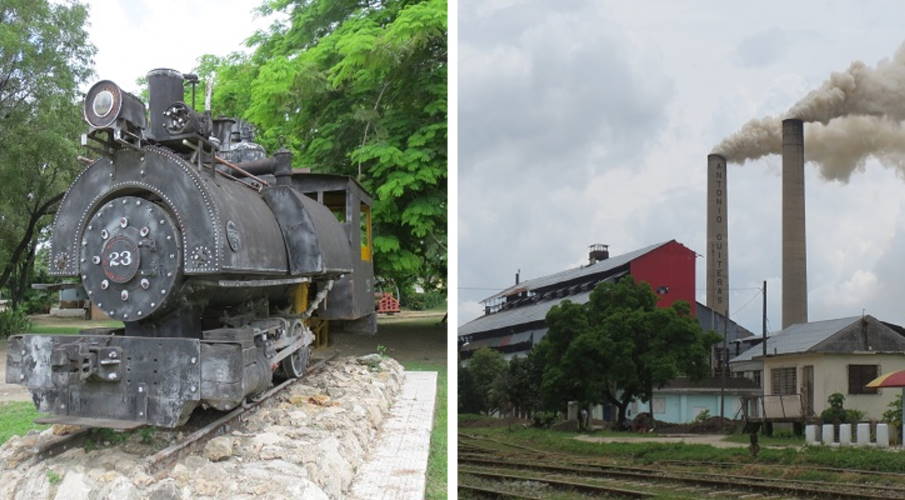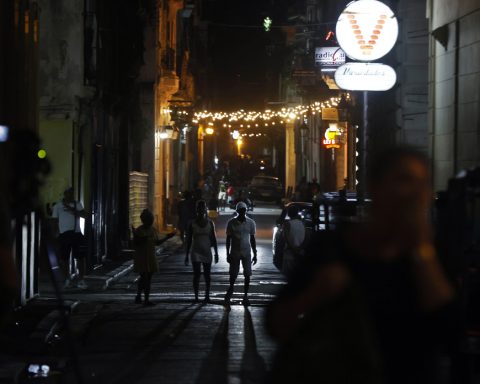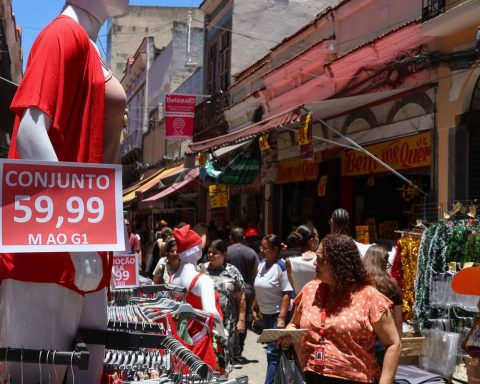LAS TUNAS, Cuba. — Hiding information, or pouring it out dropwise, the regime is still distilling data from the harvest 2021-2022 which ended when the first rains in May made the already inhospitable sugar cane roads impassable. In this way, and due to an event on derivatives of the sugar industry, this Wednesday we officially learned what it is popular voice: Cuba cannot meet its international sugar export commitments because the “sector is in crisis” and the recently concluded harvest is one of the worst in its history.
Looking at figures, it can be concluded that, perhaps, the 2021-2022 harvest only produced something like 482,830 tons. I say this because in December the state-owned Sugar Business Group (AZCUBA) informed the so-called National Assembly of People’s Power that the production plan was for 911,000 tons, but once the harvest ended in May, the newspaper Granma, the official newspaper of the PCC (Cuban Communist Party), reported that the sugar production plan had only been 53% fulfilled. And, this being the case, Cuba’s sugar production in the 2021-2022 harvest is similar to that of the 1862 harvest, when the Island produced 454,758 tons, and less than a quarter of Cuba’s sugar production 100 years ago. , since in the 1912 harvest Cuba produced 1,968,840 metric tons of sugar, for which it used 19,029,030 metric tons of cane.
Regarding sugar exports, once the country’s main source of income, at the aforementioned AZCUBA press conference last Wednesday it was also learned that in the upcoming 2022-2023 harvest only 26 mills will grind, those with the best technical conditions, and that the production will be destined for domestic needs, understand the sugar destined for the national food industry and the ration card through which the little more than 11 million Cubans are supplied.
For Cuba and for Cubans, the sugar industry was part of their history and their folklore. But, see the reader that I used a term in the past tense, “formed”. And it is that, for the majority of Cubans, young and old, even for those who live from them, cane and sugar do not mean progress, but punishment. And it is not a sophism, but a sad reality. Since the early 60s of the last century, when a public employee or a military man was sanctioned, the sanction consisted of sending him to a barracks “to chop cane.”
On Tuesday, February 8, in a meeting to analyze the behavior of the harvest, in which President Díaz-Canel participated, the director of AZCUBA, Julio Andrés García Pérez, stated that “the first problem we have is a subjective aspect, of discipline, which is reflected in the numbers.” According to Julio García on that occasion, with the means that AZCUBA had, “today we can be delivering 8% or 9% more work (the production of cutting and transporting cane), which would be equivalent to placing 80,000 tons of cane (in the centrals) per day and we did not achieve it”. The director announced for that date that 12 mills would not comply with the production plan for April due to indiscipline in the harvest, for which it is worth asking: Why the operators of the sugarcane harvesters, the tractor drivers, the truckers and in short all the people, women and men who intervene in the cutting and transport of the cane to the sugar mills are “undisciplined”?
Before 1959, the municipality of Puerto Padre had some 14,000 caballerias of arable land —although today hundreds of them are covered with marabou—, of which some 10,000 were dedicated to growing sugar cane. In 1910, next to the Chorrillo River, the construction of the former Delicias power plant began, (after its expropriation called “Antonio Guiteras”) that began its first harvest on January 15, 1912 for only ten years later, in the 1922 harvest. , to become the first central producer of cane sugar in the world, producing 157,055 metric tons, equivalent to 1,046,493 bags, a world record that would be surpassed in the 1952 harvest, when it produced 1,383,653 325-pound bags, something like as 207 229 tons.
But in the recently completed harvest, the Guiteras sugar mill did not even produce 30,000 tons, when 110 years ago, in 1912, which was its first year of milling, the former Delicias sugar mill produced more than 27,000 tons of sugar in one harvest. short, barely 90 days, well, remember, it began its manufacturing process on January 15, 1912 and stopped its machines in April.
About how men equipped with mochas and machetes cut the cane early in the morning and with oxen, tractors, carts and trucks took it to the ferries (cranes-scales) and then, via the railway, made it arrive fresh at the mill, ” disciplined”, we will be commenting in the next article.
Receive information from CubaNet on your cell phone through WhatsApp. Send us a message with the word “CUBA” on the phone +1 (786) 316-2072, You can also subscribe to our electronic newsletter by giving click here.














